Today parents are today highly likely to buy their kids a bike compared to the past when they were a Christmas-morning staple. For kids, owning a bike today means freedom from the screen and mobile phone bondage. Imagine going classic and just coasting downhill on a pedal bike. Or better rushing to be the first one to find the gold pot at the end of a rainbow. Better yet, chasing butterflies in the fields on a bike or just having some leisure ride. Summertime can never be as boring as watching TV, playing games, and just lying idle with a bike in the equation.
That said, choosing the best kids’ pedal bike is usually an emotional and overwhelming affair for parents. From determining the best wheel size brakes, gears, and geometry to seat height, a lack of knowledge can make your child hate bikes for life. Thus, it is agreeable that finding the best bike for your child and one that fits your budget needs informed decision-making.
Some of the frequently asked questions by parents include: which bike is the best for your child? How do I choose the right bike for my child? What is the best first bike for a toddler? What bike size is best for a child this age? Are $300 kids’ bikes better compared to cheap Walmart bikes? We address all these in this informational gem.
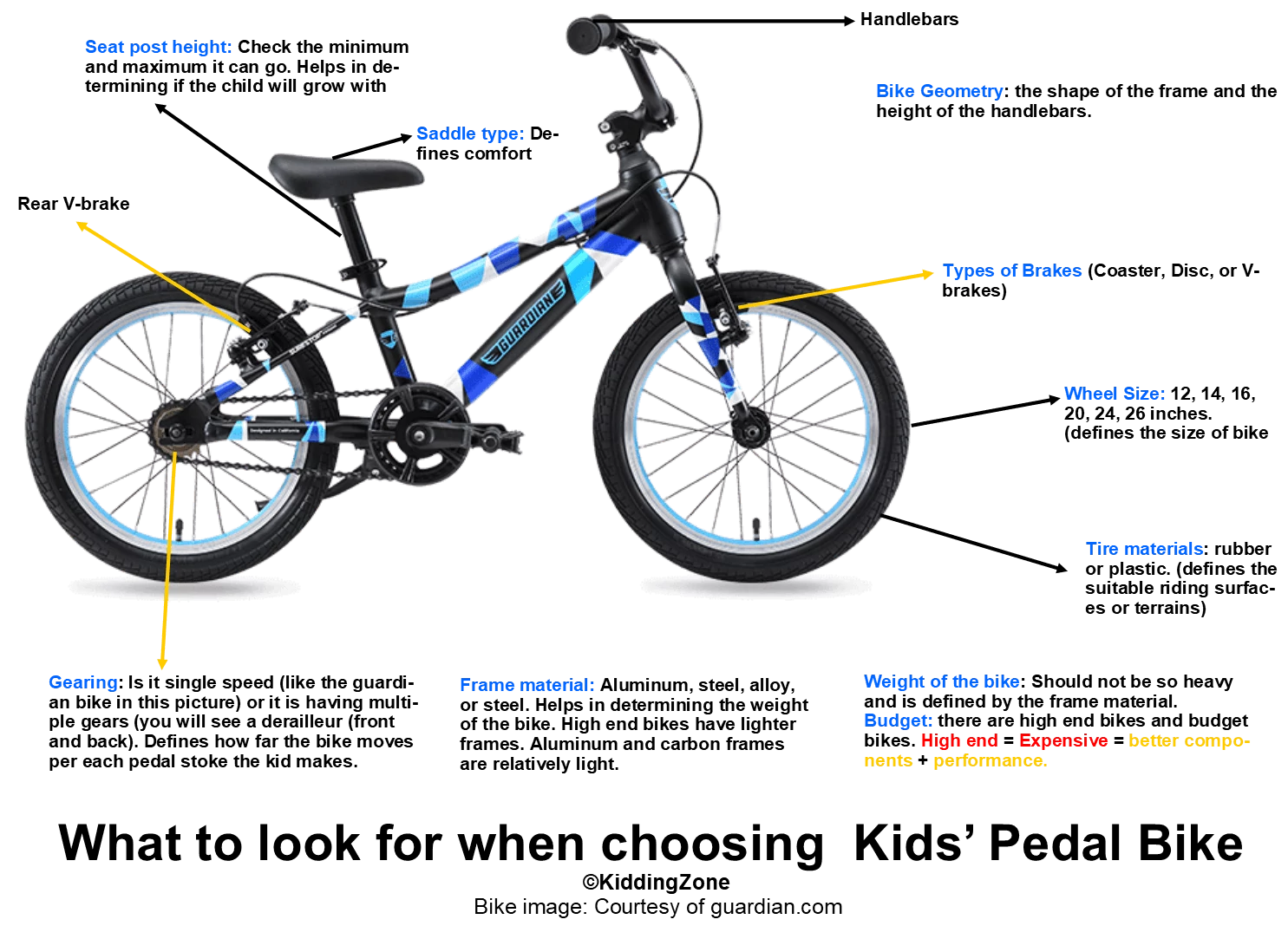
What to Look for When Choosing First and Second Kid’s Pedal Bikes
You have all the reasons to trust us. We process tones of proprietary research, test data, anecdotal evidence, customer surveys, and reader’s feedback to make it easy for you to choose the best bikes.
Ourselves, we are mechanics, experts, and serial cyclists, our families too. So far, we have been able to advise many parents on choosing bikes from 12” bikes to balance bikes and 24” bikes. We put a smile on children and parents’ faces a bike at a time. We understand that you can spare a moment to go through google to get answers, which confuse you even more. So, our informative article saves you energy and time.
Note that this is like a free consultation; all you need is time and a clear mind.
Bike shop attendants might advise you, but that can only go as far as them clearing old stock. As for us, we offer to help because we love seeing kids, not on just any bike but the best kids’ pedal bikes out there. Read through our invaluable expert advice and shorten your ‘best bike for my kid’ hunt.
1. The Size of the Kids' Pedal Bike
Bikes are not one-size-fits-all. Instead, there are different sizes of bikes for different types of kids. Conventionally, wheel size is the gold standard for size measurement for kids’ bikes. Most of the kids’ bike manufacturers and hence, brands use the age of the kids and their height to categorize them to the best wheel size class.
Wheel size is defined as the diameter of the wheel of a bike, which determines the size of the bike. You’ve heard adults prefer 29ers, which are just bikes with 29” wheels. Well, the same applies to kids. The standard kids’ bikes in the market include 10”, 12”, 14”, 16”, 20”, and 24”. For the first time compared to the olden days, choosing the best kids’ bike size is easier. However, before you ditch it here, we have to caution that you need the information below as it is not that easy.
We maintain that your child’s inseam is the best indicator of the wheel and bike size that is of the right fit. See the new bike sizing chart for kids below.
Kids’ Bike Size Chart
Getting the right bike, whether just for fun, exercise, or commuting, a childhood without cycling sucks. One of the factors to consider when buying a new child’s bike is the size. Bike size determines how well the child will ride and whether or not the child will love the bike.
There is no need to spend a dime on something that will lie idle. We have prepared a series of easy to read and understand bike sizing chart guides by height, age, and inseam for you. We want parents to get it right, right from the beginning, like pros.
Kids Bike Size Chart by Height
| Child height (Inch) | Child height (cm) | Wheel size |
| 2’9”-3’1″ | 85-90 cm | 10 inches |
| 3’1”-3’3″ | 90-100 cm | 12 inches |
| 3’3″-3’7″ | 100-110 cm | 14 inches |
| 3’7″-3’8″ | 110-115 cm | 16 inches |
| 3’8″-4’0″ | 115-120 cm | 18 inches |
| 4’0″-4’5″ | 120-135 cm | 20 inches |
| 4’5″-4’9″ | 135-145 cm | 24 inches |
| 5 inches and taller | taller than 145 cm | 26 inches |
Kids Bike Size Chart by Inseam
| Inseam | length (Inch) | Inseam length (cm) |
| 12”-14″ | 85-90 cm | 10 inches |
| 14”-17″ | 35-42 cm | 12 inches |
| 16″-20″ | 40-50 cm | 14 inches |
| 18″-22″ | 45-55 cm | 14 inches |
| 20″-24″ | 50-60 cm | 18 inches |
| 22″-25″ | 55-63 cm | 20 inches |
| 24″-28″ | 60-72 cm | 24 inches |
| 28 inches and longer | 72 cm and longer | 26 inches |
To our best knowledge, measuring inseam is the best way to determine the right size of kids’ pedal bike. It helps determine the right frame size, which ensures the child lands safely and easily on both feet at the lowest saddle height.
Inseam is the distance between the crotch and the floor. It helps determine if the child can reach the ground at minimum saddle height.
Kids Bike Size Chart by Age
| Age Group | Wheel Size |
| 2 years | 10 inches |
| 3-4 years | 12 inches |
| 4-5years | 14 inches |
| 5-6 years | 16 inches |
| 6-7 years | 18 inches |
| 7-9 years | 20 inches |
| 9-11 years | 24 inches |
| 11-14 years | 26 inches |
2. Q-Factor
It is best that the comfort of the child when riding be considered before purchasing. Q-factor, which is the distance between the inside edges of the pedals, defines how comfortable the kid pedals. Further apart pedals cause the kids to spread their legs, which reduces comfort and efficiency.
When the pedals are minimally closer, the kids can pedal with ease, efficiency, and comfort. Note that smaller and younger children need to have a small Q-factor.
A narrow or small Q-factor is a common feature in high-end pedal bikes for kids. Make sure that even when going for a budget kids’ pedal bike, it meets the Q-factor requirement.
3. The Geometry of the Bike
We just have to agree and end the debate that 12-inch kids’ bikes in the market generally have poor geometry, except those from some brands such as WOOM. Such a frame does not guarantee the best bottom bracket placement, length of the crank, and a better handlebar reach.
Bike geometry is the most integral design aspect that manufacturers consider. Simply, it is a collection of measurements, including angles and lengths that comprise the frame of a bike. You can change every other component on a bike but the geometry.
It is important to consider both stack and reach. The stack is the vertical distance from the center of the bottom bracket of the frame to the top head tube where the fork passes through the frame. It defines the length of the frame.
Reach, on the other hand, is the horizontal distance from the center of the bottom bracket to the top center of the head tube. It also gives the length of the frame with the exclusion of the stem.
You should consider the shape of the frame and the height of the handlebars when purchasing.
4. Weight of the Bike
What is the best weight limit for a kid’s bike? This is a question we are used to hearing. Remember, the frame material determines the weight of the bike.
Frames are made mostly of aluminum, steel, or carbon. Still, there are frames designed from chromoly steel for its ductility and good dampening characteristics. Some are also made of alloys.
For the young riders, the lighter the bike, the better. Ideal kids’ bikes should be 40% or less of their weight. Choose the lightest option available for your budget and price range.
We have noticed that the cheap big-box-store bikes and Walmart bikes have similar weights as the high-end bikes. However, they have sacrificed for handbrakes, which limits the safety of the children.
You will notice that high-end bikes have displays for the respective weights as it is a determining factor in bike choice. If it is not displayed, you can weigh the bike and see it for yourself.
5. Brakes: Coaster or hand brakes?
Kids’ pedal bikes come with two variations of brakes: coaster and hand brakes. However, we believe that for independence and safety's sake, kids as young as three years can comfortably and accurately handle hand brakes. That the international bike fund suggests that children at that age lack strength and coordination and thus can only use coaster brakes is pure BS.
Our tests indicate that children between 3-4 years have no issue activating handbrakes with proper training and supervision. Handbrakes with freewheels make thrusting forward easy for kids. On the contrary, coaster brakes can frustrate your kid as it gets engaged when they push off and pedal to gain momentum. Let us reason this: it is scary to bunny hop or jump a curb with a coaster brake, see!
Mostly, high-end bikes come with a pair of responsive handbrakes for their ease of activation. Per your guess, the coaster brakes are mostly associated with lower-end bikes. Nevertheless, even some lower-end bikes come with handbrakes.
We recommend that you choose freewheel bikes for both beginners and expert riders. Well-designed hand brakes are easy to activate and respond accurately with little force. They come with small reach leers that are close to the handgrips. When buying, check whether the brakes activate the front or rear wheels.
6. Gearing
Single-Gear Kids’ Pedal Bikes
in or gear ratio determines the ease of commuting to pedal a bike and how fast it can go. The length of pedal-to-arms determines it, the number of teeth of the rear and front cogs, and the wheel size.
A higher gain ratio requires effort and energy but has the best speed. The converse is true for the lower gain ratio, which requires more cadence or pedal spinning to get the bike in motion.
Older and strong kids should go with a higher gain ratio. Bikes with such ratios include Dimensions 16. Timid and petite kids can get bikes with a lower gain ratio, such as the Woom 3. The first pedal bike needs to get the kids up a small hill and allow speeds in some flats.
Geared Pedal Bikes for Kids
The 20” and 24” bikes come with 7-8 gears that shift when the shifter on the right hand is tuned. If your child is riding mostly in hilly areas, you need to get a bike with the best combination of gear ratio. Note that the geared hubs also differ. There are the traditional derailleur and the internally geared hub.
The latter shifts even when the bike is stationary and needs little maintenance. On the other hand, the conventional derailleur has to be shifted while the bike is in motion and needs proper and frequent maintenance.
Type of Shifter Triggers
There are two types of shifter-triggers for geared bikes: grip and trigger shifters. The grip shifters are activated by twisting the handlebar grips clockwise and anticlockwise. On the other hand, the trigger shifters are activated by pulling or pulling the triggers using their fingers.
As with gain ratios, the grip shifters are suited for kids who fear riding or just beginning to ride. On the other hand, the trigger shifters can be for the experienced, aggressive, and thrill-seeking/loving little cyclists.
7. Seat Height
The bike seat height refers to the distance between the lowest part of the saddle and the ground when standing flat. We can’t stress enough that the inseam, and thus the seat height, determines if a bike will fit your kid.
Some of the manufacturers do not state seat height. However, you can measure that and check comparison charts.
The question of “what is the proper seat height for my child?” disturbs many parents. Our answer would be to measure the inseam of the child and decide using the kids’ bike chart guide to making a decision.
From our observation and research, when getting the first pedal bike for your kid, the seat height should be the inseam height. The same is applicable to balance bikes, bikes fitted with training wheels, two bars, and tricycles or BMX. The aim is to make the little riders stop easily and maintain balance immediately.
For brave riders, adjust the inseam height by an inch or two.
When measuring the seat height of the second pedal bike and any other bike that comes after, you should increase the seat height by 2-3 inches. The children are no longer dependent on their feet to stop and are brave enough. Therefore, they can stand on their tiptoes for the best bike-fit posture when seated on the set.
8. Belt or Chain Drive
Although we grew up knowing the chain-drive bike, there are also belt-drive bikes. The latter is a preference for kids’ pedal bikes, given that the chains often fall and are hard to put back on. Besides, bikes with chains need to be greased regularly, and the used grease can stain the clothes of the little ones as they enjoy their rides.
Belt-drive bikes need a little cleaning if necessary and have no chance of the belt coming off the bike. Thus, they assure parents of clean bikes, clothes, and hands, making bike maintenance easy.
The belts have round teeth that fit in the cogs and is much safer compared to the chain drives that can hurt the young ones if they are not careful.
Therefore, be sure to check all other factors, and if still, you have a dilemma, determine which kids’ pedal bike to carry home using this factor.
9. Budget and Brand
While many parents would sacrifice anything for their kids to have fun and less screen time, we have to plan and budget in the depression-guided economy. The money you wish to spend on a kid’s pedal bike can be a determining factor.
Note that more expensive and high-end bikes cost a little more. However, they come with performance fused with durability and high resale value. Safety is also not a compromise for high-end bikes.
The mention of cost brings brands into mind. Different kids’ bike brands include WOOM, Guardian, Pello, Frog, Strider, Cleary, Prevelo, and Priority. Each brand has bikes that suit different types of riders depending on their age, where they ride, and their preferences. The brands also have different price tags on different types of bikes.
Our advice to you as a parent would be to spend money on the best bike you can afford. Kids’ bikes become useless when they outgrow them. However, that does not mean that you fail to spend on better. Best brands and quality come at a price.
If you are budget-constrained, consider buying used bikes from neighbors whose kids have outgrown them. You can get starting pedal bikes for kids without breaking the bank. However, be sure to spend more on regular servicing.
Never purchase a bike and wait that a child would grow into it as doing so only limits their progress and mastery of bike riding.
Related Article: best bike grips for kids.
Final Words from Us
You are most likely never finding a comprehensive guide on choosing kids’ pedal bikes anytime soon. We invest time to research and testing before advising.
From size to brand and budget, you are now aware of the factors to consider when buying your child his first pedal bike or a second one.
Please read our comprehensive review of the best 12” and 14” pedal bikes for kids. You can also use our chart to get the best size for your kid.
Tell you what! You are the best parent out there. Buying your kid a bike means the world to us. Keep up the spirit and influence those around you.
If you have questions concerning choosing kids’ pedal bikes, drop it in our comments section, and we will surely get back within the best turnaround time.
Related Articles and Guides

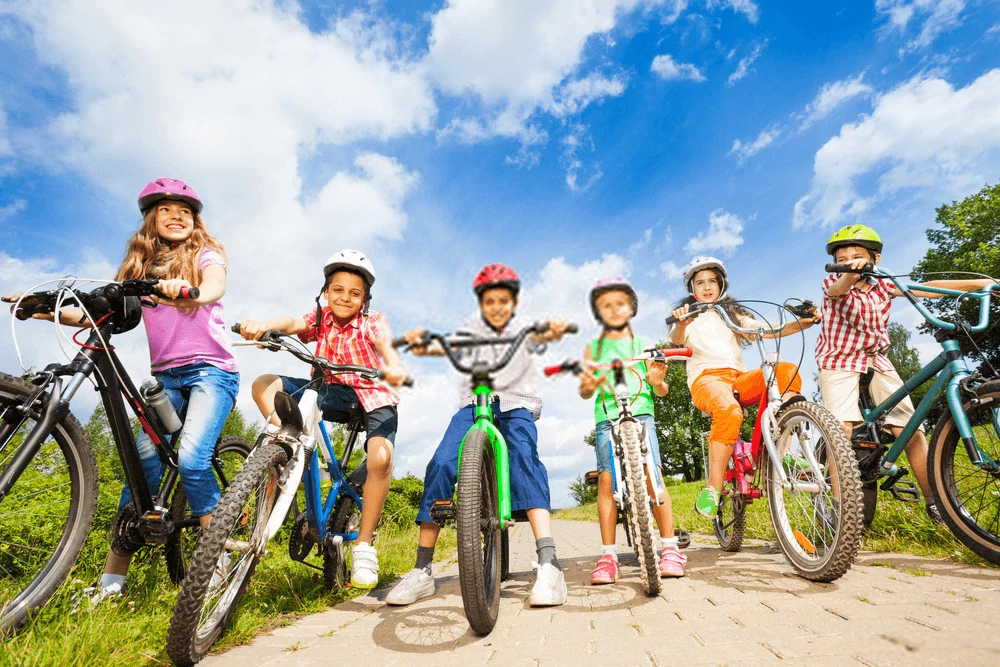

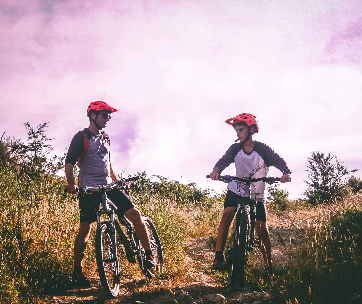

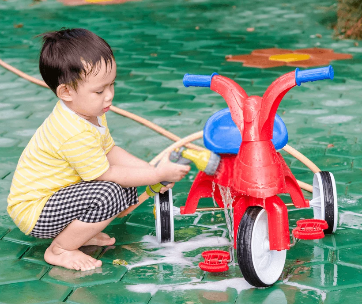
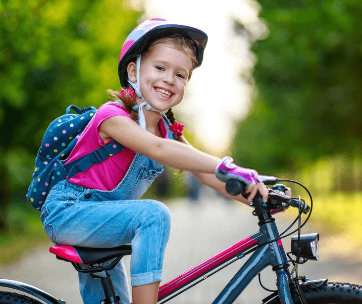
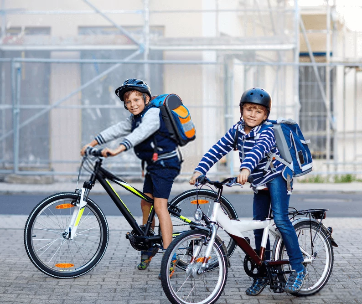
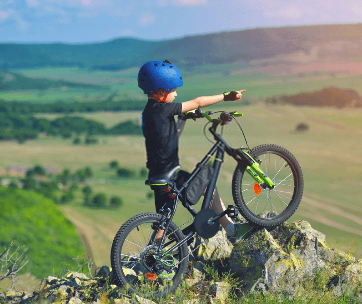

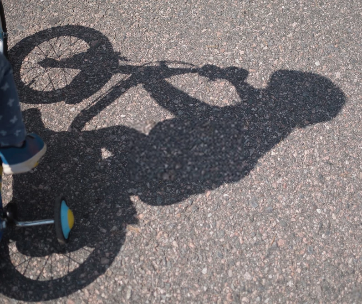


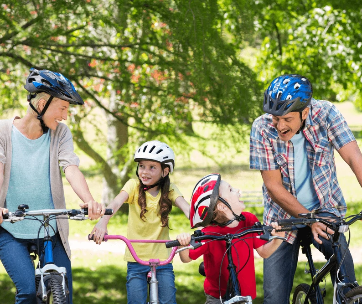
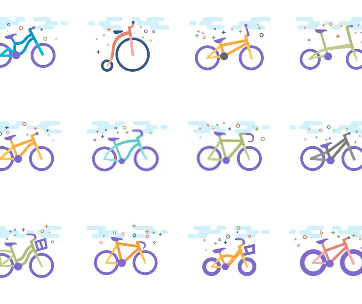




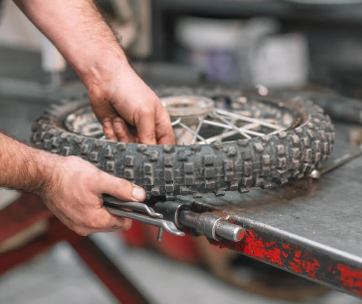
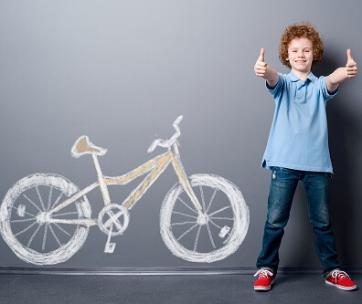
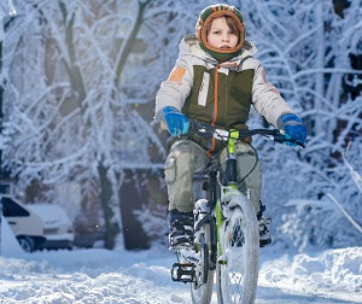


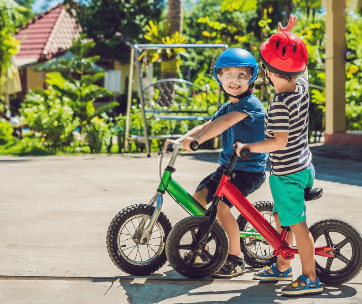
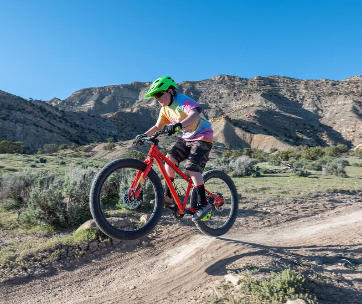
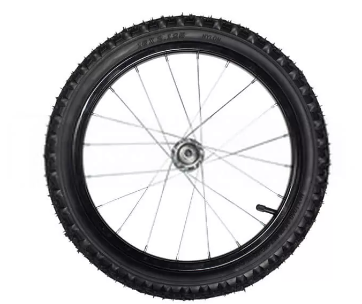
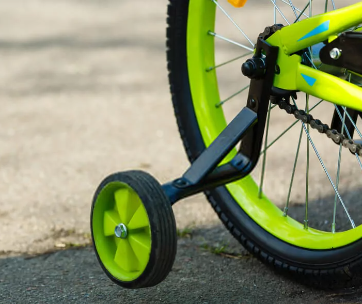
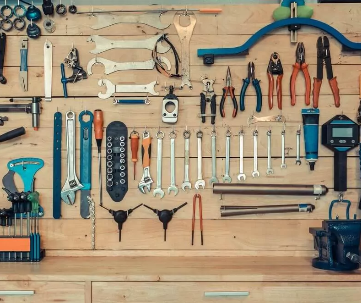
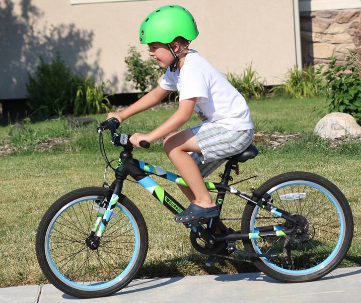
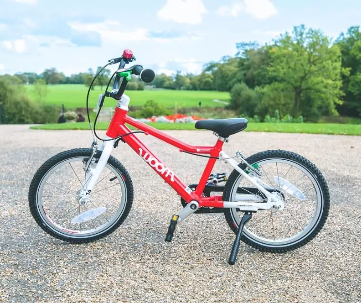
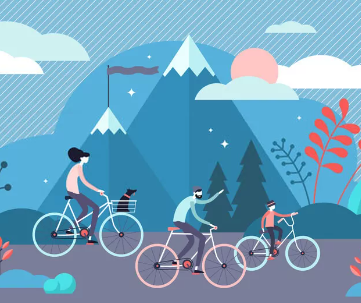
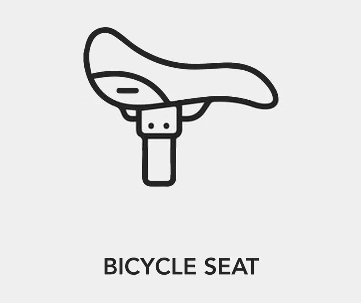
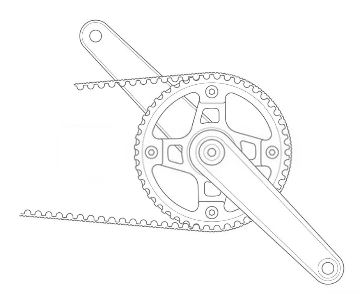
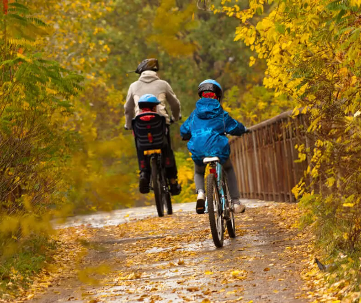
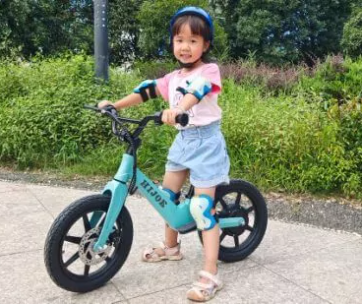

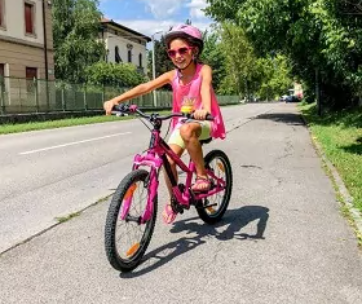
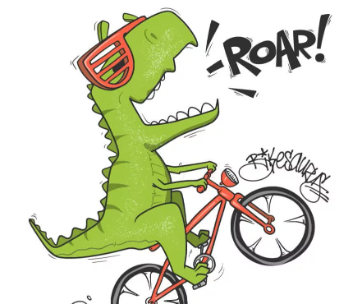
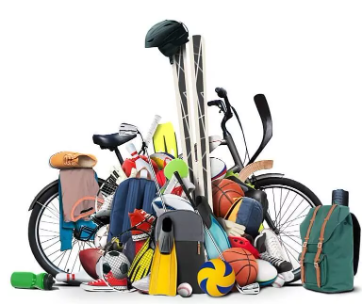
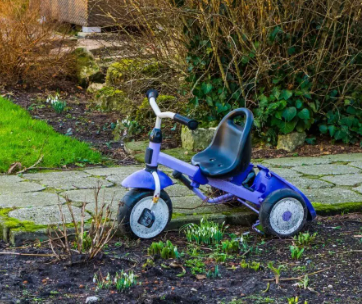
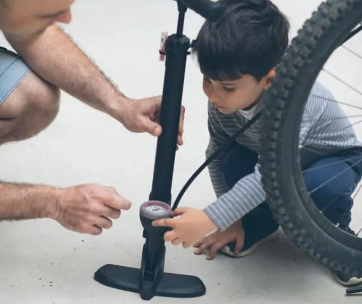
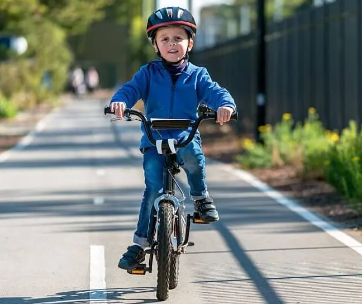
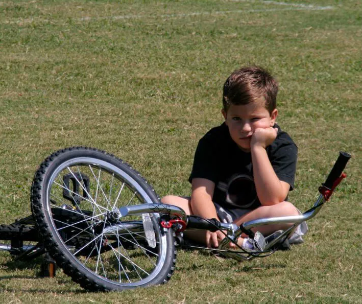
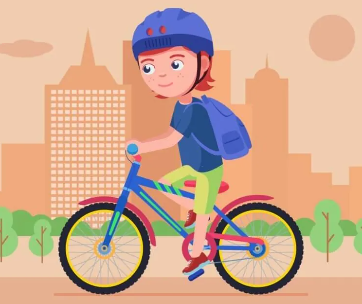
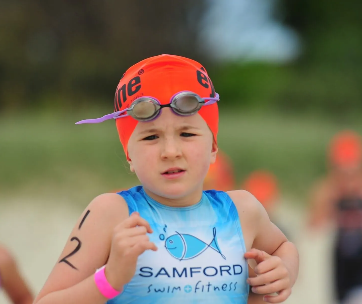
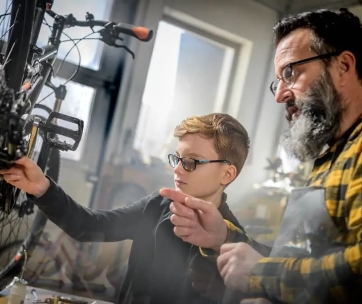

Comments